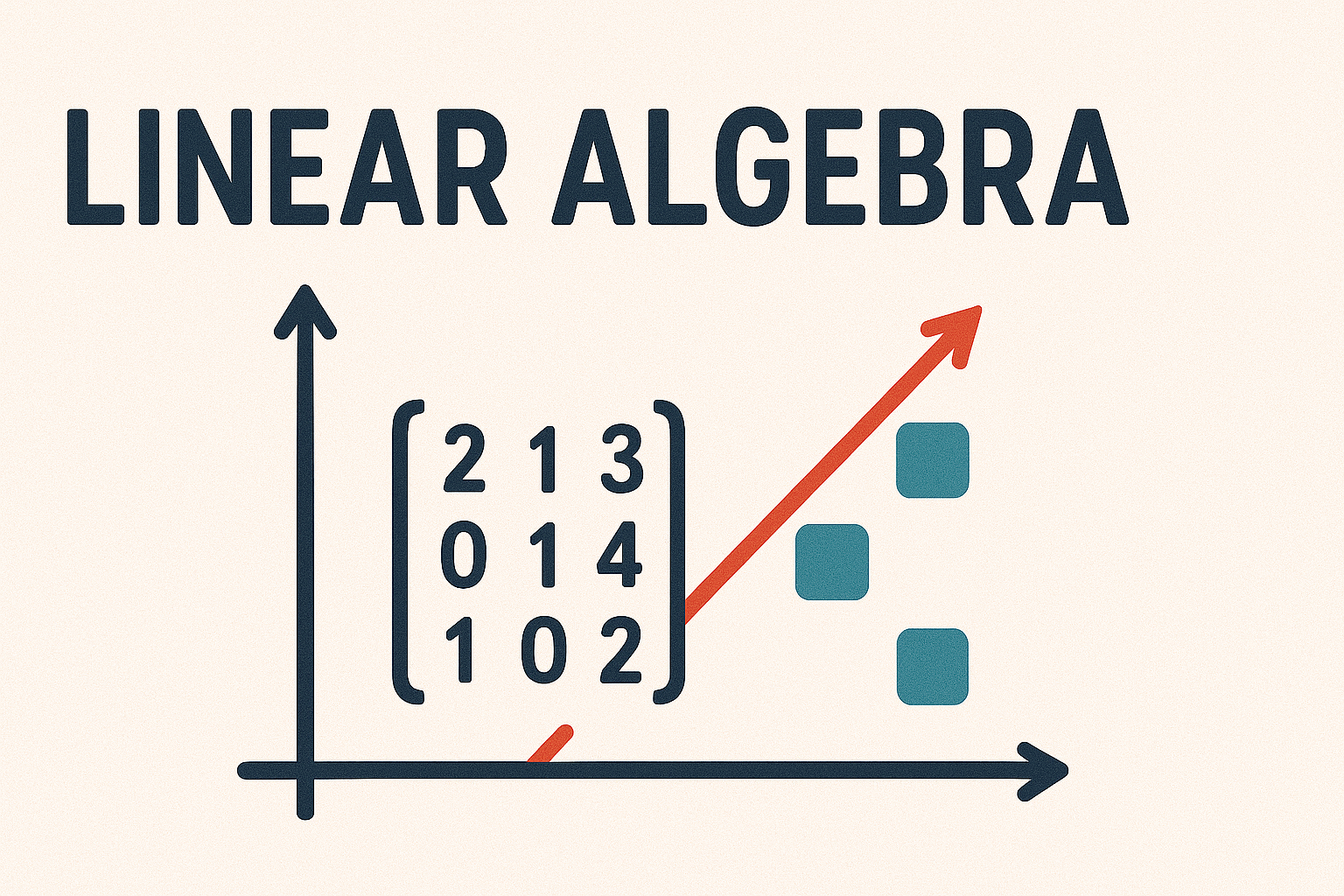4.5. Co-ordinate Geometry Exercises#
Answer the following exercises based on the content from this chapter. The solutions can be found in the appendices.
Exercise 4.1
Given the following position vectors in \(\mathbb{R}^3\)
find:
(a) the equation of the line that passes through \(\mathbf{a}\) and \(\mathbf{b}\);
(b) the equation of the line that passes through \(\mathbf{c}\) and \(\mathbf{d}\);
(c) the equation of the plane which passes through \(\mathbf{a}\), \(\mathbf{b}\) and \(\mathbf{c}\) lie;
(d) the equation of the plane upon which passes through \(\mathbf{b}\), \(\mathbf{c}\) and \(\mathbf{d}\).
Exercise 4.2
Find the equation of the line that passes through the point with position vector \((3, 2, 1)^\mathsf{T}\) which is parallel to \(2 \mathbf{i} + \mathbf{j} + 3 \mathbf{k}\).
Exercise 4.3
Find the equation of the plane that passes through the point with position vector \((3, 2, 5)^\mathsf{T}\) which has a normal vector \(\mathbf{n} = (2, 1, 3)^\mathsf{T}\).
Exercise 4.4
A plane has the equation \(3x - 2y + z = 10\). Identify the normal to the plane and find the co-ordinates of 2 points on the plane having \(z = 2\).
Exercise 4.5
Two lines in \(\mathbb{R}^3\) are defined by \(\ell_1: (1 + 2t, -t, 1 + 3t)^\mathsf{T}\) and \(\ell_2: (1 + 2t, 4, 7 - t)^\mathsf{T}\) respectively.
(a) find the intersection of the lines or show they are skew;
(b) find the distance between the point with position vector \(\mathbf{p} = (0, -1, 3)^\mathsf{T}\) and \(\ell_1\);
(c) find the shortest distance between the lines.
Exercise 4.6
Find the point where the line \(\ell:(1 + 2t, 2 + t, -1 + 4t)^\mathsf{T}\) meets the plane \(6x - y - 4z = 3\).
Exercise 4.7
Consider the diagram below that shows a plane that passes through the point \(\mathbf{p}\) and has normal vector \(\mathbf{n}\) and the point with position \(\mathbf{q}\) not on the plane.
Using the geometric definition of a dot product derive an expression for calculating the shortest distance between a point and a plane. Use your expression to find the shortest distance from the point with position vector \((2, 4, -3)^\mathsf{T}\) to the plane \(6x - y - 4z = 3\).
